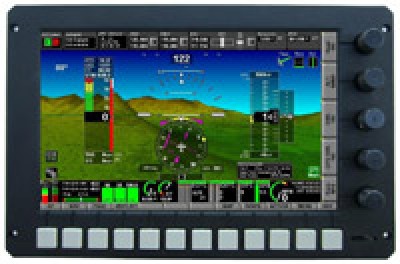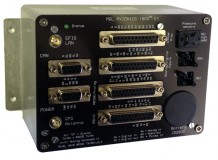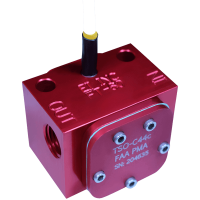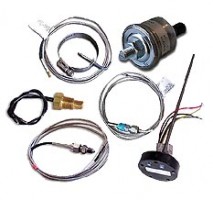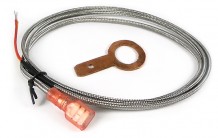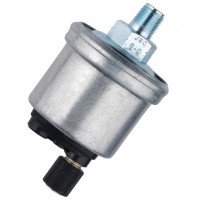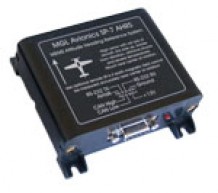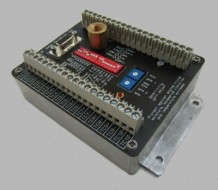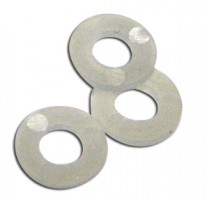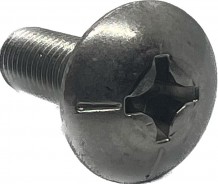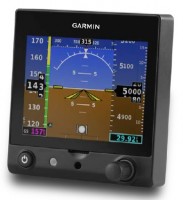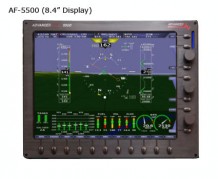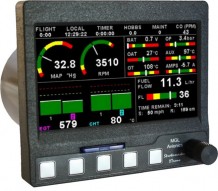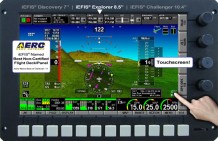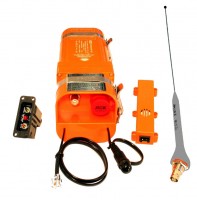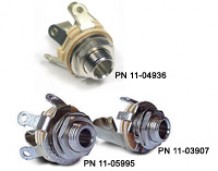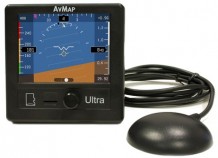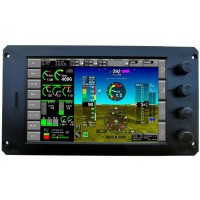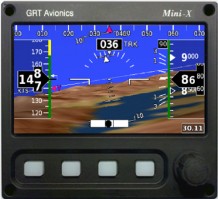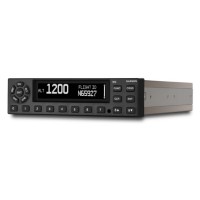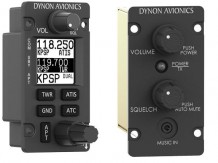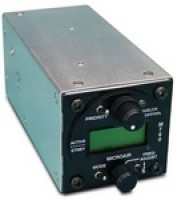Aircraft Spruce Canada
Brantford, ON Canada
Corona, CA | Peachtree City, GA
Chicago, IL | Wasilla, AK
MGL IEFIS Explorer
MFR Model# IEFIS-EXPLORER
Overview
|
The Explorer EFIS introduces a custom developed touch pressure sensitive LCD screen aimed exclusively at the small aircraft application. With the ability to accurately measure contact force in all conditions, it becomes possible to utilize the user interface advantages of a touch screen even in turbulent flight.
Unlike conventional touch screen technology, MGL's “tap screen” can be used with gloves, is completely unaffected by sunlight and even uses a polarized anti reflective and anti glare film. The tap screen uses only high quality optical glass in its construction and thus has no negative effects on the image quality, even in difficult light conditions. The tap screen is further qualified for zero pressure conditions such as experienced in space and is not affected by sudden, large pressure changes. Recognizing that some operations can never be fully replaced by a touch screen, the Explorer adds no less than 5 “clickable” rotary controls which assume functions depending on current need plus adds conventional, tactile buttons for quick access to often used functions regardless of what appears on the screen. Quick, logical interactive user interface. Combine what is good with every method. We have tapped on the COM 1 radio See Image “B” to bring up a larger version. Depending on the type of radio connected we can interact with the radio at various levels. Just flipping frequencies however requires only a tap on the displayed frequencies on the small COM 1 display (with animation so it is easy to see what is happening).  If a MGL radio is connected, the radio can be fully remote controlled from here – including volume, squelch and even all of the radios setups. Central to all screens is the ICON reveal. Tap and several additional icons become visible for a set time. For example: See Image “C”  These icons allow quick access to many of the built in functions, here related to typical GPS navigation: Closest airports, general GPS navigation including simulated VOR if no navigation radio is available. Nearly everything on the screen is interactive: Tap on the altimeter to set your local pressure. Tap on the Engine EGT display to get your leaning display: See Image “D”  Waypoint information and control – tap on the waypoint shown on the screen: See Image “E” If a flight plan is active, simple controls to navigate through the flightplan are available as well.  MGL EFIS systems have always been highly configurable and many users design their own screens – often right from scratch. This makes it possible to use the EFIS even in very usual circumstances. Clearly, the new iEFIS had to build on this. But it had to offer “plug and play” as well. This has now been achieved with a rich set of built in choices for basic screen layout, engine and fuel monitoring choices. Fitting and configuring a MGL Avionics EFIS has never been easier. See Image “F”  Touch screens have a massive advantage when it comes to working with maps. Simple map panning (look at the map anywhere) or even using the map for direct-to GPS navigation – simply tap on the desired map location. How long is it to get there ? How far is it ? Navigation at your finger tips. No longer just a smart statement. It's real. Changed your mind ? Need a temporary divert ? No problem – quick and easy. Just point and tap. The autopilot, if engaged, follows your every command. Flight planning. It is obvious – creating a flight plan (route) is quick and powerful using the new Flight planning tool. This is what it looks like: See Image “G”  Video inputs. The iEFIS panels provide 4 video inputs (PAL or NTSC) so you can connect IR and normal cameras, further enhancing the already impressive capabilities. The iEFIS system is connected. A vast array of equipment from MGL and third parties can be connected. Being a true distributed, modular system you can connect up to 8 iEFIS panels of any size and even use a wireless node to connect to any Wifi compatible tablet or PC. Our famous “simulator”, a Windows based screen designer and simulator is no longer a simulator – it is the real thing. Support for connected devices is extensive. See Image “H” as an example of a VPX control panel from Vertical Power – of course simply tap of a breaker to switch it on/off or reset a fault.  Flaps and trim….No problem – tap on the indicator: See Image “I” Here we tapped on the Flaps display and obtained control to the new MGL Avionics flaps controller. Of course Flaps and Trim control is also supported via the VPX system from vertical power. iEFIS panels connect to the “iBOX” of which you can have two in a system if you require a redundant system.  IBOX Capabilties: See Image “J” The compact iBOX connects to the iEFIS panel(s) via a coaxial cable. Each iBOX (if you have two) connects using its own coaxial cable – this means every panel has two independent connections for full redundancy. Normally only a single iBOX has command – the other being a hot standby, ready to take control if needed, either by automatic changeover or by pilot command. The iBOX is designed such that it is possible to connect single equipment (such as a single radio for example) to both iBOX units, the inactive unit will disconnect internally.  Each iBOX provides a low speed (16-250mph) airspeed sensor and an optional high speed sensor capable of several mach numbers at altitude. Both sensors are used so even if a high speed sensor is specified, no resolution is lost at low speed. Altimeter with a 1 ft resolution to above 40.000ft is standard as is a built in AOA sensor that can be used for both differential as well as single ended measurements. On the electrical side, no less than 6 RS232 ports are provided, two of them capable of high speed operation to several megabits per second. Two CAN interfaces, three autobauding ARINC 429 receivers (a World first), ARINC transmitter complete the serial communications side. IBOX provides multiple analog and digital measurement inputs (for example for flap/trim position monitoring or gear status display), a full parallel transponder alticoder output, several digital outputs for general purpose use and of course a built in AAS/RAIM 50 channel GPS receiver of the latest design. One of the many advantages of the iBOX concept is lower cost for multipanel applications as the panel cost reduces dramatically, easier installation as the iBOX can be located where it provides convenient access. The panels require only power supply and a a single coax cable connection – thus it is rare that you will ever need to access the back of your panel. The iEFIS path… iEFIS Explorer is about to be released. Explorer provides a 8.5” screen measured diagonally screen corner to corner – the actual screen not the panel). Soon to join are the 10.4” Challenger and the 7” Discovery. A 12.1” unit and a HUD are under consideration. A smaller, less capable version of the iBOX is under development mainly intended for smaller aircraft that do not require the full house abilities of the current iBOX. |
Compatable Equipment
- SP-7 “CAN” AHRS (up to 4 can be connected for redundancy, however each iEFIS is also able to display a horizon based on accurate GPS measurements).
- SP-6 “CAN” Compass (up to two compass systems can be connected).
- RDAC XF and RDAC XF MAP – MGL's new engine monitor. Up to 4 of these can be
- connected which means you can monitor up to 4 engines (including turbines).
- MGL Servo – The CAN based servo is compatible, up to three can be connected at this stage (Bank, Pitch and Yaw).
- MGL V6 and MGL V10 VHF COM radios. These are fully compatibe. Up to two can be
- connected and controlled from any iEFIS panel.
- MGL/Garrecht mode-s transponder. This remote mount transponder can be fully controlled by the iEFIS panel.
- MGL Navigation radio. Dual VOR, ILS, glide slope and marker receiver (Currently in development).
- MGL Flap/Trim motor controller. This CAN based interface can directly drive a DC motor for flap and trim control.
Videos
Reviews
Hello Sir MGL iEFIS Explorer if can join Rotax 912 ( 80HP ) available work but I am not sure. I hope to work out? Let me know as soon as possible. Thank you very much Gaetan Bourgault
I have the MGL iEFIS installed in my Zenith CH650 as well as their V6 radio. The learning curve on the install is not for the non-tech savvy but once you get past that the system is outstanding. Everything you need is at your fingertips, fast and easy to use. Matt at MGL is excellent at customer service and will walk you through the install and stands behind his product. I had a radio go bad and they replaced it no questions asked even though it was a month or two out of warranty. It will take you a little while to learn the system (I think that is true for all advanced avionics though) but once you do you won t regret. Steve N902AL Zenith CH-650B Lycoming 0235-N2C MGL Avionics
Q&A
Please note, Aircraft Spruce Canada's personnel are not certified aircraft mechanics and can only provide general support and ideas, which should not be relied upon or implemented in lieu of consulting an A&P or other qualified technician. Aircraft Spruce Canada assumes no responsibility or liability for any issue or problem which may arise from any repair, modification or other work done from this knowledge base. Any product eligibility information provided here is based on general application guides and we recommend always referring to your specific aircraft parts manual, the parts manufacturer or consulting with a qualified mechanic.
All the MGL EFIS units have USA databases loaded on to them but you can download worldwide map based on where you fly.
This is the harness which connects the heading and AHRS to the Ibox.
Per MGL, the iEFIS EXPLOER is 1.25 inches deep.
Per MGL this will work but only if you have the latest SP6, SP7 and RDAC XF.
Per the supplier: I recommend 1 x 5 AMP CB for the entire system. Current draw is 1.2 amps.
No, this is intended for use in experimental aircraft only.

 Aircraft Spruce Canada
Aircraft Spruce Canada
